
As the days get shorter and colder, the question of when to switch the heating on begins to arise.
There is no one answer to suit us all, but our heating pros advise that instead of turning to the calendar, you should tune into certain conditions in your home instead.
Here's how to work out exactly when to switch on your home heating types this fall to keep you comfortable and balance energy use.
When to switch heating on
The best time to start taking steps to keep a home warm all day will depend on several factors, including, but not limited to, the weather, your home and attic insulation, your daily activities, your health and personal preferences.
As a result, there is no one set date to switch heating on, says Reuben Saltzman, owner and CEO of Structure Tech Home Inspections. Instead, you should check the conditions in your home.
He explains, 'Once your indoor temps are consistently dipping below 65°Fahrenheit, or you're just plain uncomfortable, it’s time to fire up your heating system. The temperature range of 65-68°F is a sweet spot for comfort, moisture control, and energy use if you are looking to make heating more efficient.'
A small digital home thermometer, from Walmart, can help you keep tabs on your indoor temperature throughout the year.
Reuben continues, 'Another sign you want to look out for is morning condensation on windows or exterior walls.
'Cold interior surfaces drive condensation and mold, not just the outdoor temperature, so keeping the inside above that point matters. But when it gets very cold outside, you'll probably need to bump up the temperature on your thermostat to stay warm.'
Turning your heating on when you first notice these signs, rather than putting it off, not only keeps you healthy but also protects your home from damp. Plus, it is quicker and easier to warm up a home that is not absolutely frigid.
Heating essentials
Managing your home heating and humidity through winter can help you to stay cozy without the extortionate energy costs. Here are some essentials to help slash energy bills this year.

Reuben recommends this smart thermostat as it lets you schedule heat intelligently, monitors humidity, and shows real-time energy use, helping you to cut energy bills while staying warm at home.
According to Reuben, this Leviton Humidity Sensor Switch activates your bathroom exhaust fan based on the humidity level to prevent a buildup of moisture.
Reuben urges, 'Aim for relative humidity around 30–40%. Use your thermostat and ventilation to maintain that balance, and you’ll avoid most damp/mold problems without driving your heating bills through the roof.' This Energy Star dehumidifier can help when you don't want to open windows in winter.
Draft-proofing might seem too simple, but it can go a long way in keeping your home warm and cozy by preventing warm air seeping out from around windows and doors.
This product applies crystal clear to windows, helping to add an extra layer of thermal insulation, which is vital in minimizing heat loss through this area of your home.
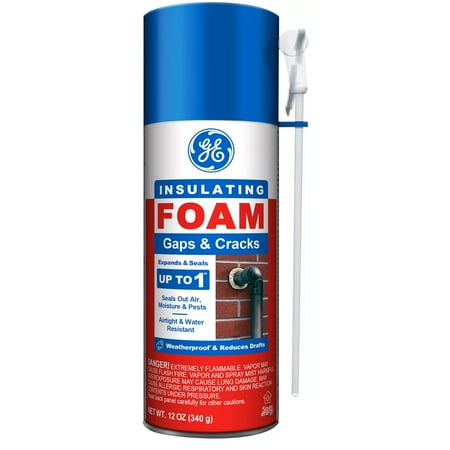
Insulating foam expands on application to fill gaps up to one inch in size, preventing air transfer for a warmer home.
Meet the expert
Knowing when to switch the heating on isn't just important for comfort, it also helps you to achieve the perfect temperature to curb mold for a healthier home, too.







